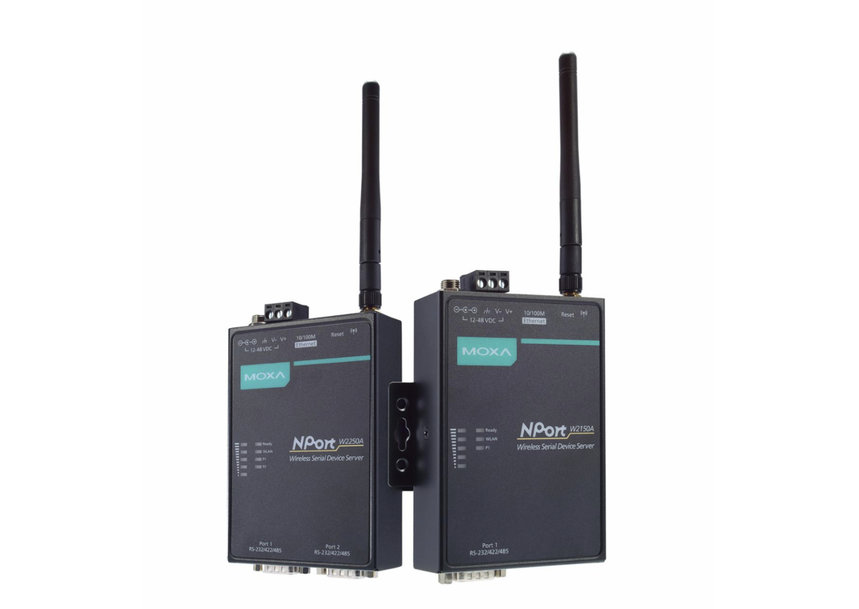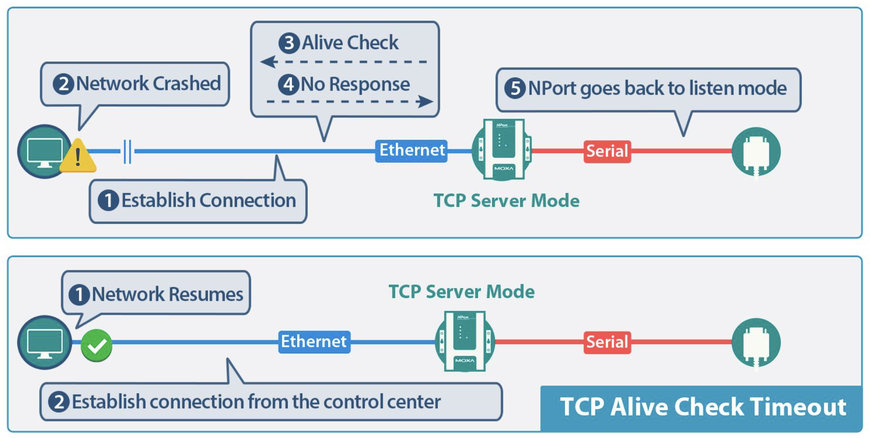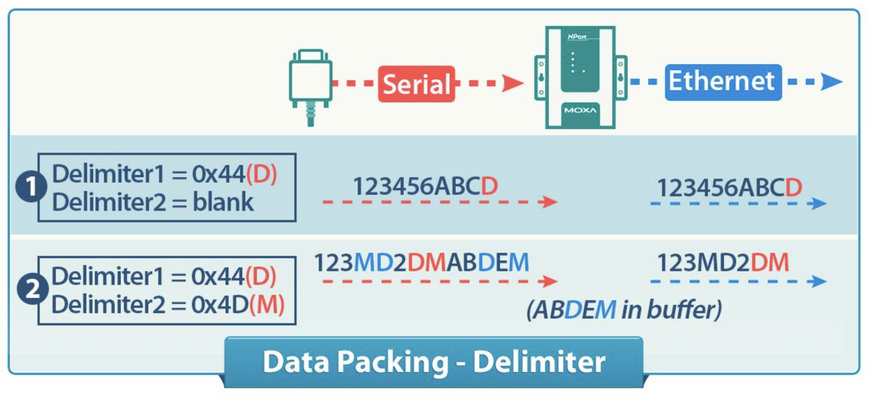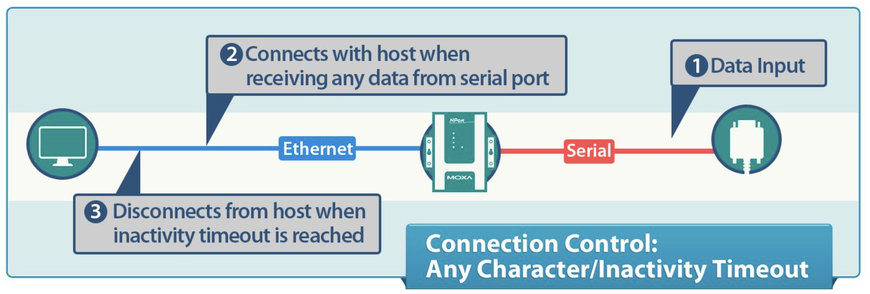electronics-journal.com
29
'24
Written on Modified on
Moxa NPort Device Servers for Reliable Smart Transportation
Moxa's NPort device servers revolutionize smart transportation by facilitating seamless serial-to-Ethernet communication, supporting various operation modes like TCP Server, TCP Client, UDP Server/Client, Pair Connection, or Ethernet Modem mode.

One proven solution is the Moxa NPort serial device server. Sending and receiving serial data over TCP/IP networks is made simple by its support for multiple operation modes. Below are three communication challenges showing how technicians can use the TCP/UDP operation mode in NPort serial device servers to optimize serial-to-Ethernet communication for transportation applications.
Scenario 1: Road Traffic Monitoring
Controllers and sensors at roadsides collect data on both traffic and environmental conditions. Deployed miles away from each other, these field devices must communicate with traffic control centers to provide operators with real-time road conditions. Correspondingly, operators must provide instant information to drivers regarding traffic jams and severe weather.
When collecting field data in large-scale applications and transforming it into actionable information, operators can encounter difficulties dealing with multiple serial data requests from divergent programs and experience longer response times when incidents occur.
SOLUTION: Moxa NPort serial device servers support the TCP server mode often used in remote monitoring applications connecting field sensors such as traffic controllers, road sensors, and other devices. Central systems in the control center running TCP-client programs initiate contact with the NPort, establish a connection, and receive serial data from field devices. When multiple hosts contact the NPort simultaneously, the TCP server mode supports the Max Connection function that permits hosts to collect serial data from the same field device simultaneously.
Although Max Connection makes multiple command requests possible, it could lead to data collisions. Thus, Moxa also has a command-by-command function to prevent serial data collisions when you enable the Max Connection function. Command-by-command lets the NPort store the commands in its buffer when they are received from hosts on the Ethernet. These commands will be sent to the serial ports on a first-in, first-out (FIFO) basis. Once the field device responds, the NPort saves that response to its buffer and then sends the response to where the command originated, as illustrated below.

In addition, the TCP server mode includes TCP Alive Check Timeout that provides the NPort with a fail-safe mechanism if the network gets disconnected. It provides the Ethernet connection status by checking periodically.

Scenario 2: Access Control Systems
Some intelligent transportation systems incorporate access control, for instance, parking lots and entry gates. These typically require the active collection of serial data through card readers that must be subsequently transmitted over TCP/IP to multiple systems for authentications and payment calculations. When a connection fails, productive time is wasted and potential revenue is lost. Connection reliability requires a serial-to-Ethernet solution that can send data over TCP/IP networks while providing sufficient bandwidth for backup systems.
SOLUTION: Moxa NPort's TCP client mode is frequently used in access control systems to connect serial card readers and other devices. In this case, the host program receives the data back for additional processing. One problem regarding transporting serial data over TCP/IP networks is that data could be divided into separate Ethernet packets, causing the application program to fail. Moxa NPort serial device servers provide Data Packing functions to ensure that serial data arrives in a complete and recognized packet so the application receives and processes requests correctly.
Since the application program recognizes a specific character as the end of a data stream, the NPort's Delimiter function enables it to immediately pack and send all data in the buffer to the Ethernet when a specific character is received through its serial port. This way, the payment system can receive serial data as requested.

When the NPort is configured to TCP client mode, it can decide when to establish or disconnect a TCP connection with the host by enabling its Connection Control function. This function allows the operator to limit the number of TCP connections only to those required and increase the efficiency of the host server by disconnecting unused connections automatically.
Many different events can be defined to establish or disconnect a TCP connection. A very common one is "Any Character/Inactivity Timeout". Whenever there is serial data activity, the NPort is triggered to establish a TCP connection with the host. On the flip side, if the serial end is idle for a specified time, the NPort will disconnect the TCP connection until serial data activity resumes. In this situation, the Max Connection function can be used to connect a backup host for serial data collection without worrying that it would occupy transmission bandwidth.

Scenario 3: Passenger Information Systems
Smart transportation uses passenger information systems to share real-time transport information with commuters. Operators need to broadcast (or multicast) identical messages to LED displays to show information, such as train schedules at stations or road conditions on highways. In order for commuters to obtain real-time information and modify their commute path, this application needs to transmit data more quickly.
SOLUTION: If the application requires real-time data transmission and the socket program uses the UDP protocol, the NPort can be set to UDP mode. The major difference between UDP and TCP server/client modes is the connection does not need to be established before transmitting data. UDP sends data faster than TCP server/client mode because the time required for TCP’s three-way handshakes is eliminated. UDP mode is suitable for applications that require real-time transmission and can still tolerate possible data losses.
In UDP mode, a multicast IP address can be set for every serial port, and all devices that subscribe to the same multicast IP address will receive the message assigned to that IP address. Multicast not only efficiently sends the message to multiple destinations but also saves valuable bandwidth by not transmitting identical data to different destinations multiple times.
To satisfy the needs of various operation modes, Moxa NPort serial device servers offer a wide range of functions for industrial applications. In addition, NPort serial device servers feature security functions and OS driver support to ensure serial devices connect easily and securely to modern systems.
For more information.
www.moxa.com

